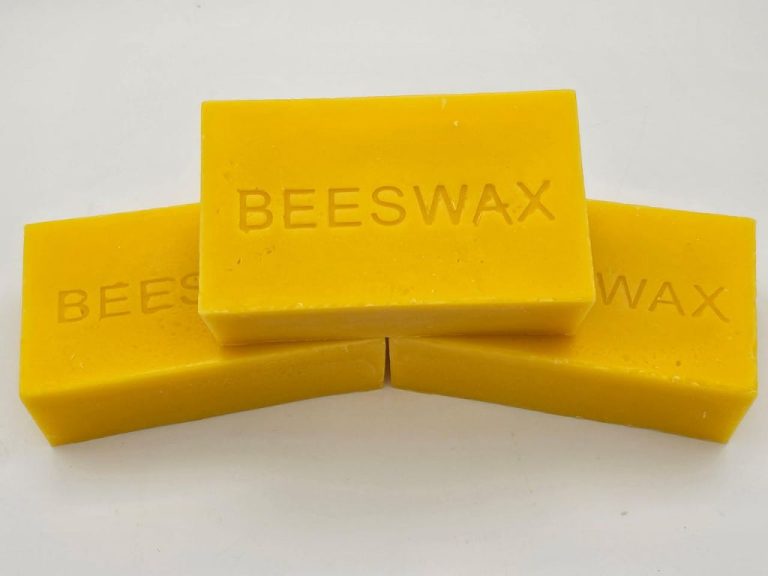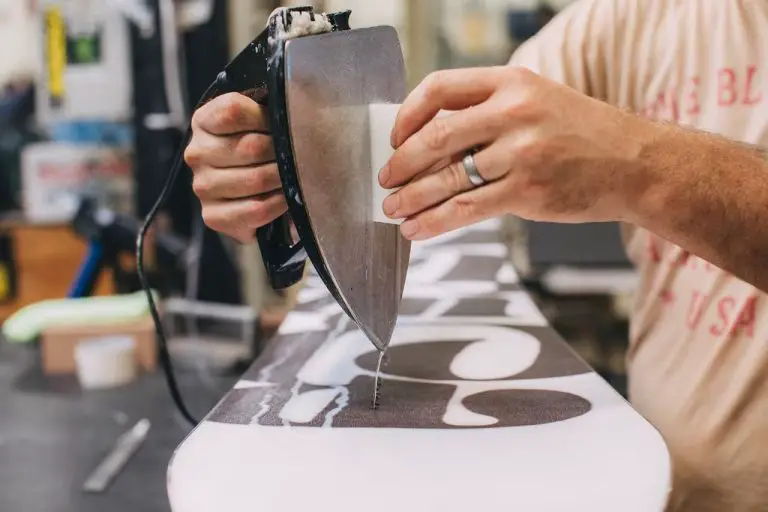Is Wax Good For Your Face?
Facial waxing has been around for thousands of years as a method of hair removal. The practice dates back to Ancient Egypt, where both men and women would remove body hair, including facial hair, as it was considered improper to have visible hair on the skin. Waxing gained popularity again in the 1900s, when wax strips were developed and became more widely used. Demand grew in the 1960s for removing pubic and bikini hair as the bikini became fashionable. Today, facial waxing remains a popular hair removal technique, with many seeking smoother skin and freedom from unwanted facial hair such as eyebrows, upper lips, and other areas.
What is Facial Waxing?
Facial waxing is a hair removal technique that involves applying a sticky wax to areas of unwanted hair growth on the face and then quickly removing the wax to pull the hair out from the follicle. The wax adheres to the hairs and removes them as it is peeled off of the skin.
Typically, a thin layer of wax is applied to sections of the face such as the eyebrows, upper lip, cheeks, and chin. A cloth or paper strip is pressed onto the wax and then swiftly ripped off in the opposite direction of the hair growth. This removes the wax and the hairs stuck within it.
The wax used for facial hair removal is often specially formulated to be gentle on delicate facial skin. The ideal temperature helps the wax adhere properly for hair removal. Strip wax, hard wax, or soft wax may be used, depending on the area being treated and desired results.
Facial waxing provides a smooth hair-free result that can last 3-6 weeks. It is a common hair removal choice, providing longer lasting results than shaving. It is also used to shape eyebrows and remove unwanted hairs such as a mustache.
Pros of Facial Waxing
One of the biggest advantages of facial waxing is that it removes hair from the roots, not just the surface. This leads to longer lasting smooth skin compared to shaving or other hair removal methods that only cut the hair at skin level. Since waxing pulls the hair out entirely, it can take several weeks for new hair to grow back compared to just a few days with shaving 1. The hair regrowth is also finer and softer over time with consistent waxing. This makes facial hair less noticeable and waxing less painful as you continue the process.
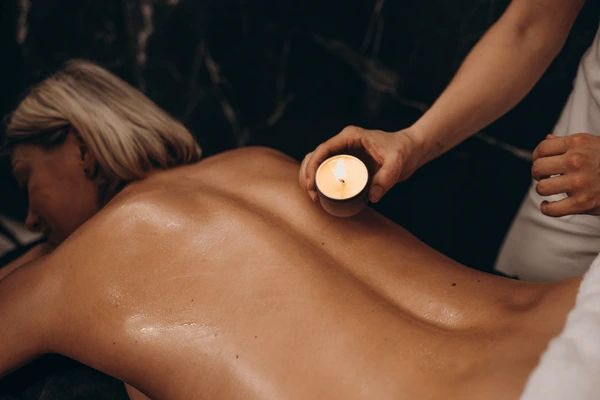
In addition to smoother, hair-free skin for weeks at a time, waxing can also help refine pores and reduce the chances of clogged pores and acne breakouts. The exfoliation from the waxing process removes dead skin cells and allows products to better penetrate the skin. Facial waxing may also help reduce the appearance of fine lines and wrinkles by exfoliating the skin.
Cons of Facial Waxing
While facial waxing can provide smooth, hair-free skin, it does come with some potential downsides to be aware of. Two of the main cons associated with facial waxing are skin irritation and ingrown hairs.
The waxing process can be harsh on delicate facial skin. Repeatedly pulling hair out by the roots can cause irritation, redness, swelling, and tenderness (https://www.healthline.com/health/face-wax-side-effects). This irritation usually subsides within a day or two. But for some people with sensitive skin, it may last longer.
Waxing can also lead to ingrown hairs, especially for those with naturally curly or coarse hair. When the new hair starts to grow back, it may curl and turn inward under the skin rather than growing straight outward. This can cause red bumps and pimple-like lesions on the face.
Proper exfoliation and gentle skincare can help minimize irritation and ingrown hairs from facial waxing. But those with very sensitive skin may want to avoid waxing altogether and try alternative hair removal methods instead.
Who Should Avoid Facial Waxing?
While facial waxing can be an effective hair removal method for many, there are certain groups who should avoid it due to potential side effects or complications:
Those using topical retinoids such as tretinoin or retinol should avoid waxing. Retinoids thin the top layer of skin, making it more prone to irritation and injury during waxing. Facial waxing can lift off thin layers of skin in people using retinoids, causing redness, burning, blistering, scabbing and peeling (Source: https://indianexpress.com/article/lifestyle/life-style/facial-hair-waxing-side-effects-trimming-7870769/).
People with very sensitive skin are also better off avoiding facial waxing, as they are more likely to experience irritation, redness and breakouts. The hot wax and pulling action can trigger inflammation and reactions in those with sensitized or reactive skin.
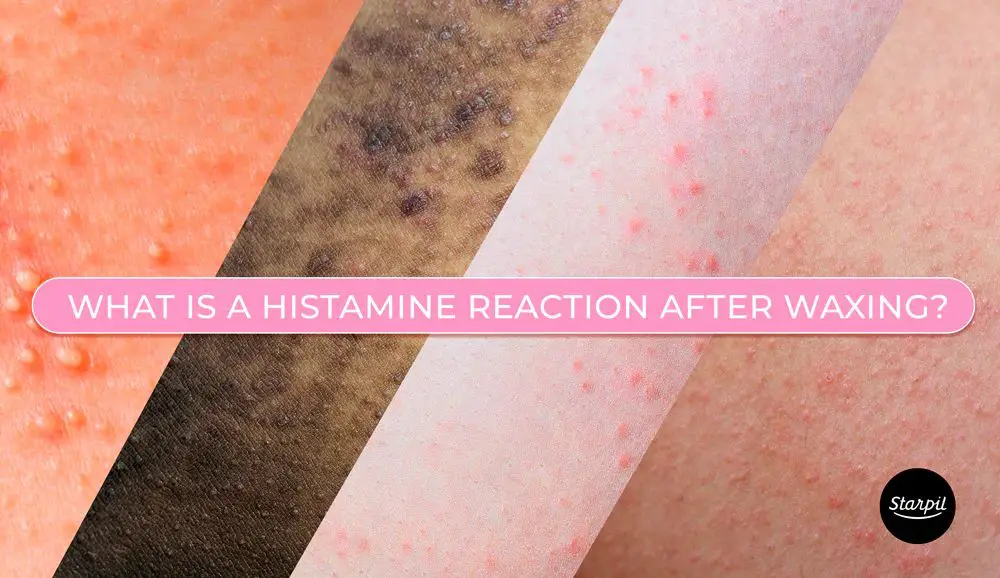
How to Prepare for Facial Waxing
Proper preparation is key for getting the best results from facial waxing and avoiding irritation. Experts recommend exfoliating the skin the day before waxing to remove any dead skin cells and allow for closer hair removal. This can be done by using a gentle scrub or face brush. It’s important not to over-exfoliate, which can cause redness. After exfoliating, use a hydrating moisturizer to prevent dryness.
On the day of the appointment, avoid applying any lotions, creams, makeup, or oils which can create a barrier between the wax and skin. The American Academy of Dermatology recommends cleansing skin thoroughly with just water and then patting dry before waxing. This allows the wax to grip the hair properly for smooth removal [1]. Some experts suggest using an astringent like witch hazel prior to waxing to further prepare the skin by closing pores and removing traces of oil [2]. Proper preparation makes all the difference in achieving optimal results from facial waxing.
What to Expect During the Process
The facial waxing process is relatively quick and straightforward. Here’s what you can expect once you arrive at your appointment:
The esthetician will first cleanse and prepare the skin, often applying a pre-wax oil or powder. This helps the wax adhere properly to the hairs.
Using a spatula or wand, the esthetician applies a thin layer of warm or room temperature wax in the direction of hair growth, usually in small sections. The temperature of the wax helps open pores for easier hair removal.
They press a cloth or paper strip over the wax, then quickly rip it off in the opposite direction of growth. This removes the hair by the root. The wax is designed to only adhere to hair, not skin. As per Byrdie, the entire waxing process takes just a few minutes.
The esthetician may go over the area twice to catch any stray hairs. After waxing, they apply an antiseptic and soothing lotion or oil.
While waxing can be uncomfortable during the actual hair removal, it is very fast. The wax is applied and removed in quick, smooth motions. Proper technique helps minimize any pain.
Aftercare Tips
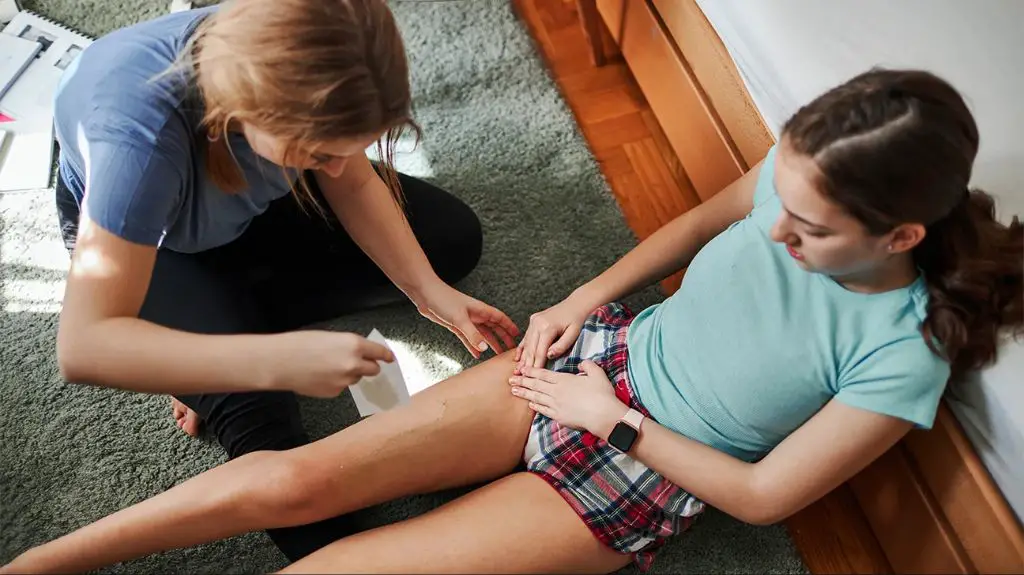
After getting your face waxed, it’s important to take care of your skin to avoid irritation, redness, and ingrown hairs. Here are some tips for proper aftercare:
Avoid sun exposure for 24-48 hours after waxing. The sun can cause inflammation and sensitivity in freshly waxed skin. Wear sunscreen if you must be outdoors 1.
Exfoliate the waxed area daily. Use a gentle scrub or loofah to remove dead skin cells and allow new hairs to emerge properly. This prevents ingrown hairs 2.
Apply aloe vera gel to soothe irritation and redness. The cooling and anti-inflammatory properties of aloe vera help calm sensitive skin after waxing 1.
Avoid harsh products like retinoids, benzoyl peroxide, and alpha hydroxy acids, which can worsen irritation. Stick to gentle cleansers and moisturizers.
Don’t scrub or pick at the waxed area, as this can cause ingrown hairs and pimples.
Alternatives to Facial Waxing
Facial waxing isn’t for everyone. Luckily, there are some alternatives for those looking to remove facial hair without waxing:
Shaving
Shaving with a razor is one of the most common and inexpensive ways to remove facial hair. It provides immediate, smooth results. However, shaving only removes hair above the skin’s surface, so stubble reappears quickly. Frequent shaving can also lead to irritation and ingrown hairs (source).
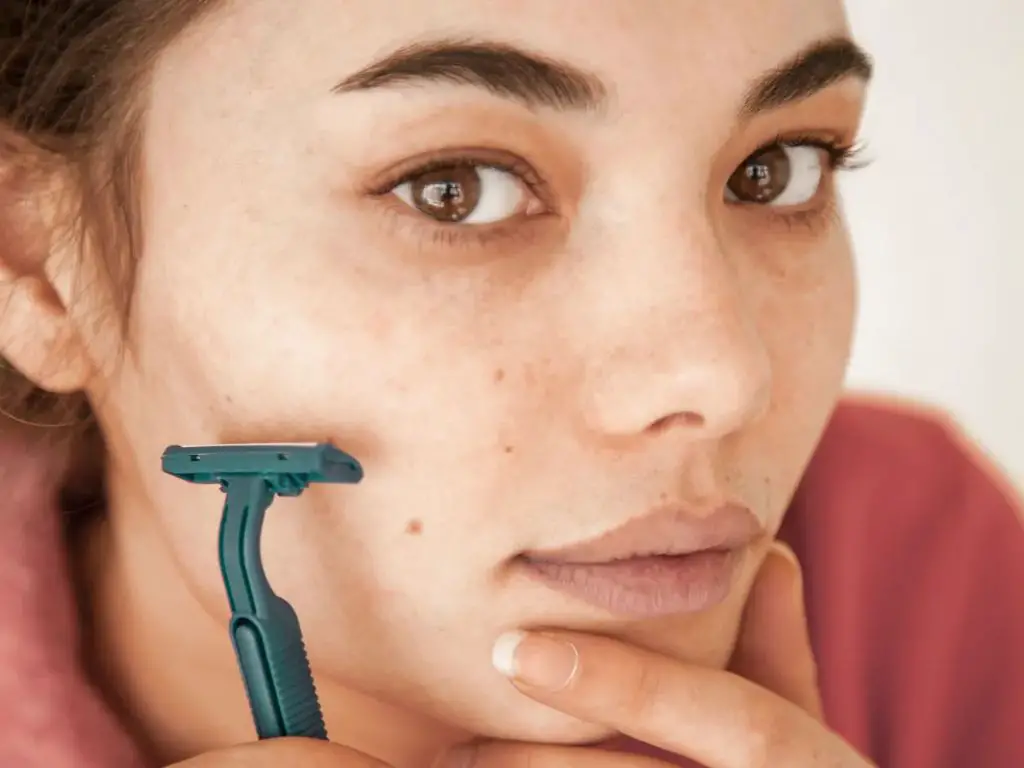
Depilatory Creams
Depilatory creams are chemical hair removal products applied to the skin that dissolve hair below the surface. They provide smooth skin for several days. However, they can irritate sensitive skin and have a strong smell. Using depilatory creams too often may cause rashes or chemical burns (source).
Threading
Threading is an ancient hair removal technique using cotton thread to pluck out multiple hairs at once. It precisely removes short, fine hairs that shaving misses. Threading can shape eyebrows and create clean lines without irritation. However, it only removes hair temporarily and can be painful for those with sensitive skin (source).
The Bottom Line
In summary, facial waxing has both pros and cons to consider. The main benefits are smoother, hair-free skin for 2-6 weeks and improved makeup application. However, the process can be painful and lead to side effects like irritation, redness, and ingrown hairs if not done properly. Overall, facial waxing works well for those with coarse or dark facial hair who want a longer lasting hair removal option compared to shaving. It should be avoided by people with very sensitive skin or conditions like rosacea. Consider trying small areas first to see how your skin reacts.
When done correctly and with proper aftercare, facial waxing can provide smooth results that last several weeks. However, the process is not right for everyone. Be sure to do a patch test, go to a reputable aesthetician, and care for your skin afterwards to minimize irritation. Ultimately, weigh the pros and cons against other hair removal options to decide if facial waxing is a good choice for your skin and hair type.


